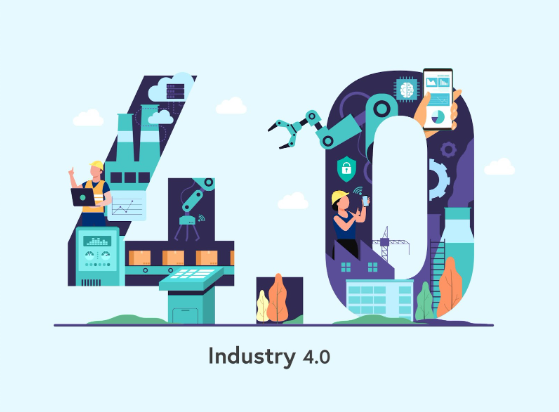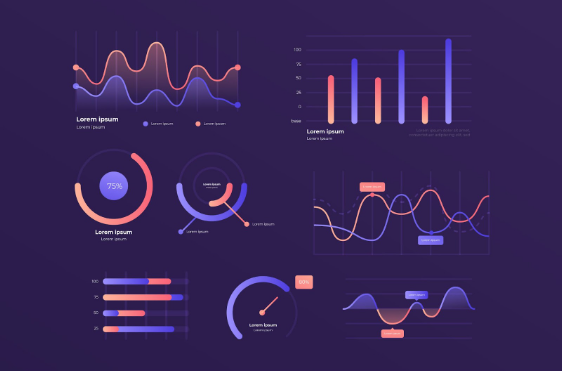Industry 4.0 faces challenges related to the energy crisis and the perception of unreachability for small and medium-sized companies. Data management is the starting point for digital transformation, prioritizing its ordering and strategic processing. The human factor and customer needs must guide any digital transformation strategy.
Tag: companies
Intelligent experiences: innovation as a way to increase customer loyalty
Virtual assistants and chatbots offer an efficient and personalized customer experience, anticipating problems and providing solutions. Intelligence applied to the customer experience improves satisfaction and allows insights into the business and consumer behavior. Intelligent, empathetic and personalized experiences are key to satisfying demanding and informed consumers.
Industry 4.0: a close challenge for SMEs
Spanish SMEs, especially in the industrial sector, have low penetration of digitization and need to invest in technology and change their culture to maintain their competitiveness. The Plan to Promote the Digitization of SMEs 2021-2025 and the European Union funds for digital transformation seek to encourage the adoption of new technologies. SMEs often have a distant perception of Industry 4.0 and make mistakes by thinking that it only involves having a website and storing data in the cloud. To unlock the true potential of Industry 4.0, SMEs need a comprehensive mix of technologies and a holistic view, supported by technology partners and data experts.
Data policy: owning your information as the key to the process
Data science strategies are increasingly used by Spanish companies, with a positive impact on organizational performance and higher levels of resilience. It is essential that companies own their data and ensure its quality, and that they adopt a data-driven approach to make strategic decisions based on data analysis and interpretation. Proprietary data management provides flexibility and capacity to address present and future business needs, but requires a data governance policy and adequate attention to data integration, quality, and management.
How to choose the most appropriate type of graph?
When visualizing data, it is important to consider the objective and adapt the graph to the desired storytelling. The audience to which the results will be displayed also influences the choice of chart type. The size and type of data, as well as the relationship between the variables, also determine which type of graph is most appropriate. It is recommended that you experiment with different charts and use multiple charts to maintain clarity and show comparisons, trends, and relationships between variables.
What industrial revolution is your company in today?
The Fourth Industrial Revolution poses challenges for companies. Although digitalization forced by the pandemic has paved the way, there is still a long way to go. The adoption of Data Intelligence and Big Data tools is low in Spain, and many companies lack a consistent data strategy. Successful transformation requires a comprehensive business strategy change and the ability to anticipate disruptions.
Are there differences between a CRM and a CDP?
Both CRM and CDP technologies are valuable tools, but for different purposes. While CRMs focus on managing customer interactions, CDPs focus on collecting and understanding customer behavior data. The choice depends on the specific needs of each company and sales and service oriented roles can benefit more from a CRM, while customer management strategy oriented roles can take better advantage of a CDP. Ultimately, it's important to assess what kind of information is needed and how it will be used to make more informed business decisions and deliver personalized customer experiences.
Big Data and Insurance: towards an industry of risk prediction and prevention
The entire concept of insurance business is based on risk assessment. Whether it is property and casualty insurance or any other type of life, home or auto policy, the main task is to assume the possible risks relevant to each client and predict the possibility of the policyholder making a claim.









